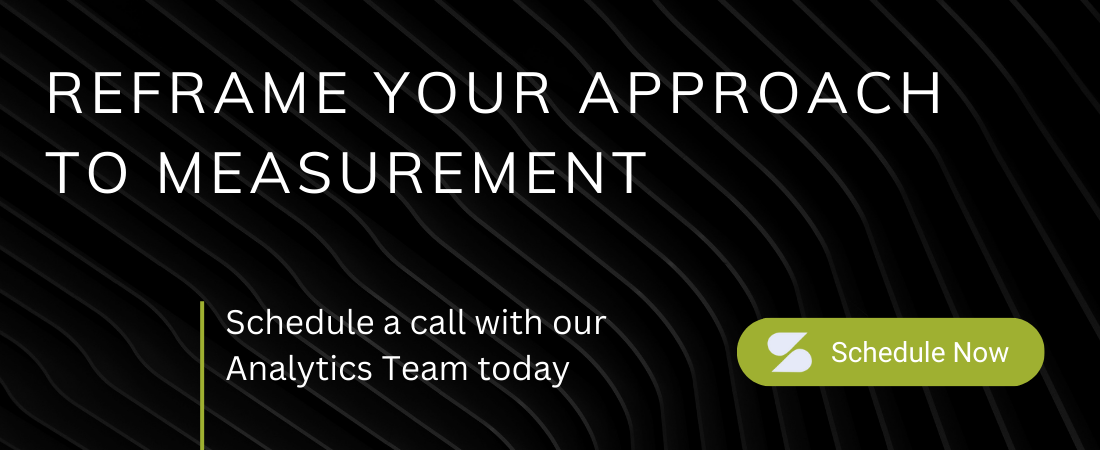Last year’s most notable workplace trend: The Great Resignation. This year’s? Quiet Quitting.
Although the term “quiet quitting” was officially coined in 2009 by an economist, we’ve seen this concept in popular culture for decades. Office Space, anyone? But quiet quitting resurfaced this year after a TikTok video went viral.
The video describes quiet quitting as, “You’re not outright quitting your job, but you’re quitting the idea of going above and beyond. You’re still performing your duties but you’re no longer subscribing to the hustle culture mentality that work has to be your life.”
And boy did this concept quickly take hold among Gen Z and Millennials. So much so that Gallup conducted a survey and found that roughly 50% of the U.S. workforce considered themselves to be quiet quitters.
At first glance, trends like Quiet Quitting and the Great Resignation seem to be about employees. But they’re actually about company culture and the byproduct of what happens when issues like disengagement, burnout, poor leadership, and lack of purpose permeate through the organization. And the reality is, they are completely avoidable.
The good news is that this is good news. If it was about employees, it would be much more challenging to solve because we can’t control people and how they feel. What we CAN control is how we manage people and how we foster positive company cultures and work environments.
When Peter Drucker famously said, “you can’t manage what you don’t measure,” he was spot on. We can control how we foster positive company culture. We can combat quiet quitting. But to do so requires not only a commitment to taking a hard look in the mirror but also a commitment to doing better with data.
What if we started by really understanding how to define things like employee happiness, vitality, and thrivability?
What if we then dove into the data (I mean really dove in) to confront the leading and lagging metrics to see how well we are doing?
And what if we then considered what ELSE we should be measuring that we are not?
Earlier this year, I questioned if the way we measure employee engagement is right, referencing the massively important (but often overlooked) notion of belonging. I’ll reiterate one stat that feels particularly relevant: A single incident of micro-exclusion can result in a 25% decline in an individual’s performance on a team project.
So why isn’t every company measuring belonging to help combat quiet quitting? Or what about burnout, job satisfaction, career growth, psychological safety, happiness? My guess is that it’s because those things feel difficult to measure. Ambiguous. Squishy. But by thinking differently, we CAN start to measure the things that feel immeasurable. And the best part is that you can start doing it today with the data and tools you already have.
Let’s dive into a few questions you should ask yourself today to start thinking differently about data.
Is my organization ready?
Culture plays a bigger role than you might think in driving a data initiative forward. Just 24% of companies report having fostered truly data-driven cultures. Leaders have a responsibility to step up to the plate and lead by example. This means bringing data into our conversations and decision-making. It means fostering excitement around the benefits of being more data-driven. And it means addressing any barriers to becoming data-driven, whether it be training that employees need, better access to or visibility of your data, or an examination of processes.
Am I asking the right questions?
I used to work at a highly data-driven nonprofit. Not unlike the for-profit sector, our funding relied on our ability to collect and interpret data. While we were data-driven, there was no visibility across the organization and data requests were burdening one person, who was skilled in analysis but burning out because of complicated data pulls. Nothing changed until we started asking questions like:
What data are we collecting?
Who is using it and for what?
Is there a way to make it more accessible or provide self-service access?
Does our team trust the data and if not, why?
What are we measuring, and could we be using the same data to tell a different/ better story?
Are your metrics solely reporting on a point in time, or are they predictive?
Take 10 minutes today to list all the questions you have about your data.
Have I examined the capabilities within my existing tech stack?
Recent research found that 80% of features in the typical cloud software product are rarely or never used. Think about Excel, for example. There are endless functions to make tasks easier and more efficient, yet the average user knows very few of them. Examine your tech stack with this lens. Are you using all the available features and capabilities or are there opportunities to collect, analyze, and visualize data that you’re missing out on? Are there integrations that would bring your data together, showing valuable insights or correlations?
Is quiet quitting top of mind for you and your team? Hop on a quick call with our Head of Analytics to start reframing your approach to measurement; click here.


